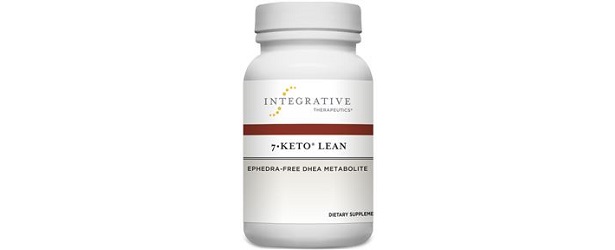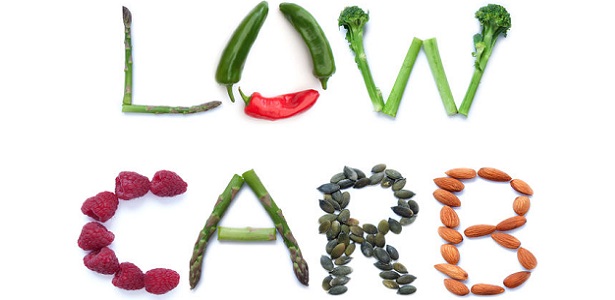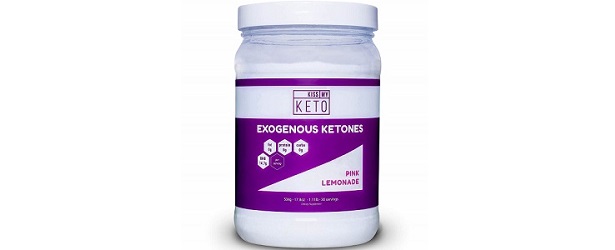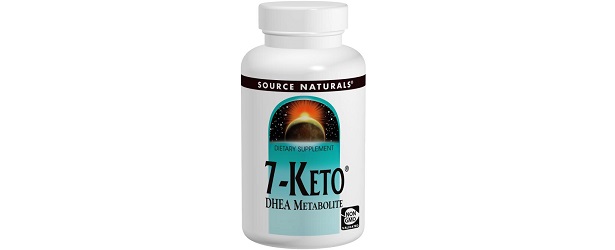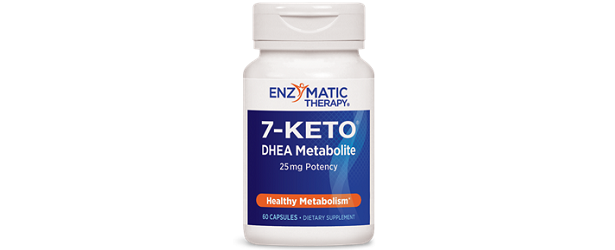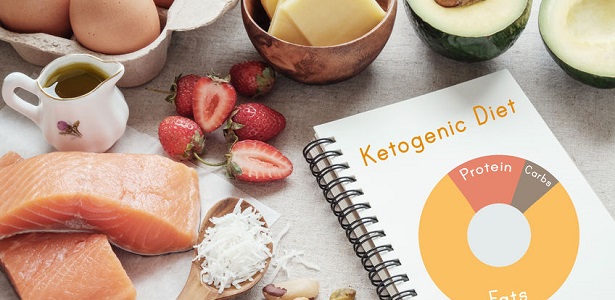
The Keto Diet – Ultimate Guide
Ketones, ketosis, LCHF may all be terms that you are unfamiliar with if you have never heard of the ketogenic diet. This diet is becoming more popular around the world because it is believed to turn your body into a fat burning machine by changing your metabolic state. This diet requires discipline and planning when it comes down to your daily meals especially if you want to burn the fat off rapidly.
How Does It Work?
The idea behind this diet is that you restrict calories in your diet and increase your fat intake which is where the term LCHF (Low Carbs High Fat) comes from. By restricting your carbs, you are preventing your body from converting it into glucose for energy which causes the body to look for alternative sources of fuel which is where fat comes into play. When there are no carbs present in the body, the liver starts to break down fats which are stored in the body instead and converts them into ketones or otherwise known as fuel molecules. This process is known as ketosis and is ultimately the metabolic state in which your body needs to be in order to burn fat.
What Foods Should You Be Eating?
By now you would have gotten the point that carbs need to be restricted, this includes carbs found in vegetables, fruits, nuts, and dairy. The ideal amount of carbs to include in your diet should be less than 15 g a day.
Foods to avoid:
- All grains, this includes table sugar, pasta, bread and potatoes
- Processed fruits, meat and some whey powders that contain MSG
- Refined fats such as sunflower oil, canola, soybean and trans fats found in margarine
- Legumes are relatively high in carbs. These should be restricted because they contain lectins and phytates which are difficult to digest
Foods you should eat:
- Meats such as fish which is high in omega 3 fatty acids, poultry, beef and lamb
- Healthy fats which include monounsaturated fats such as avocado and olive oil. Polyunsaturated fats such as seafood and saturated fats such as ghee, coconut oil, and lard.
- Leafy greens such as kale and spinach
- Fruits such as berries and avocado
What Are The Benefits?
The ketogenic diet was originally used to help children who had been suffering from epilepsy because the ketosis state led to a reduction in the frequency of seizures. Nowadays the ketogenic diet is proving to be beneficial many different aspects other than weight loss and increased energy.
Decreasing The Risk of Diabetes
The ketogenic diet has shown to decrease the risk of type 2 diabetes because your body regulates insulin levels when it is in a state of ketosis which in turn regulates your blood sugar levels. In some cases, insulin resistance can be reversed.
Cholesterol
Studies have shown that a ketogenic diet can improve your cholesterol. Eating foods that are high in fat and restricting your carb intake increases your HDL ( the good cholesterol) levels and decrease LDL levels (the bad cholesterol). A decrease of LDL prevents arterial buildup which in turn reduces your risk of cardiovascular disorders.
Acne
Poor diet and foods that are rich in carbs have been directly linked to acne. Being in a state of ketosis has shown a decrease in skin lesions and inflammation of the skin. If you are following a ketogenic diet to reduce acne specifically, it may be in your best interest to limit your dairy intake and follow a strict cleansing routine as well.
TOP 5
KETOTreatments |
|||||
| Approved Science Keto | Sports Research Keto+ Plus | Giant Sports International Giant Keto | Key Nutrients Key Keto | Vaxxen Labs Keto1 | |
|---|---|---|---|---|---|
| 1 | 2 | 3 | 4 | 5 | |
| Price (1 bottle) Price (6 bottles)best value |
$49.95 $139.70 |
$50.00 $300.00 |
$29.99 $179.94 |
$49.94 $299.64 |
$69.99 $419.94 |
| Overall Rating | 99.35% | 95.40% | 92.60% | 90% | 88.70% |
| Effectiveness |





|





|





|





|





|
| Speed of Results | Extremely Fast | Good | Good | Average | Slow |
| Quality of Ingredients | Premium | Good | Average | Average | Average |
| Customer Satisfaction Evaluation | 99.40% | 95.30% | 92.50% | 90.40% | 88.73% |
| Safety Evaluation | Safe for Use | Safe for Use | Safe for Use | Safe for Use | Safe for Use |
| Customer Service Rating |





|





|





|





|





|
| Reorder Rate | Highest | High | Good | Average | Average |
| Return Policy | Risk Free | Risk Free | Risk Free | Risk Free | Yes |
| Success Rate | 99.40% | 95.35% | 92.55% | 90.20% | 88.60% |

 Subscribe Now
Subscribe Now




